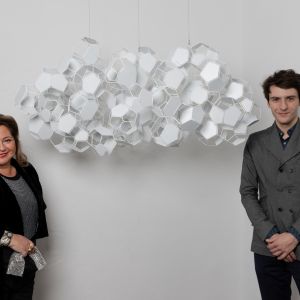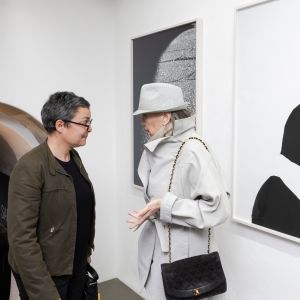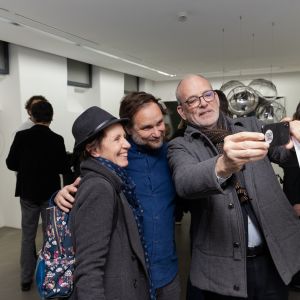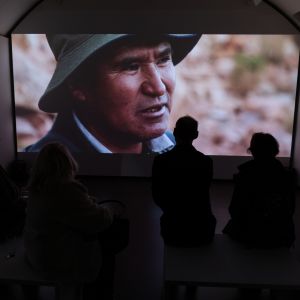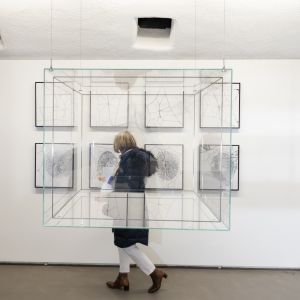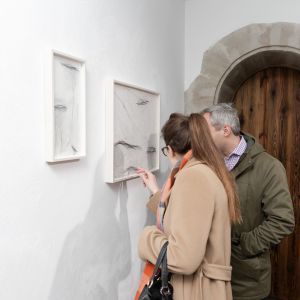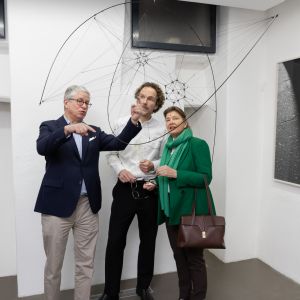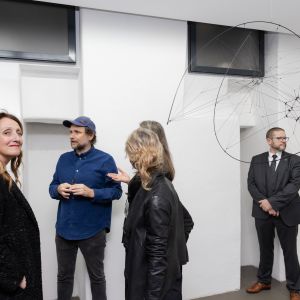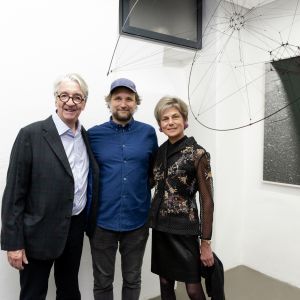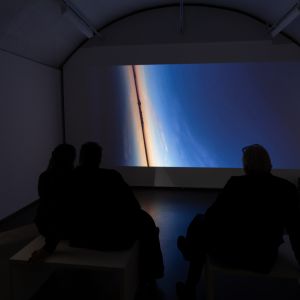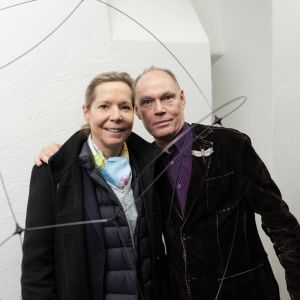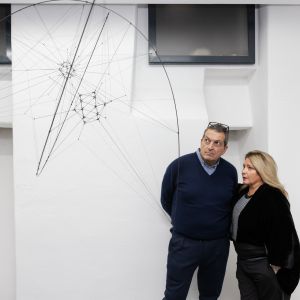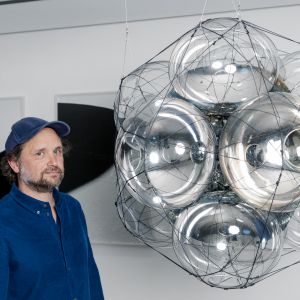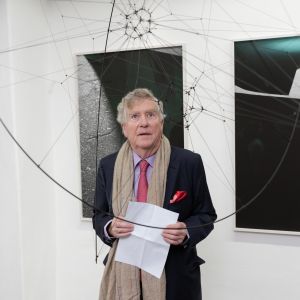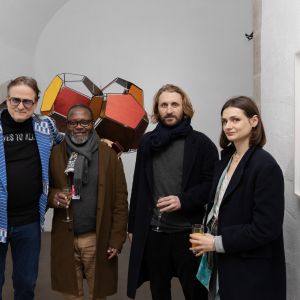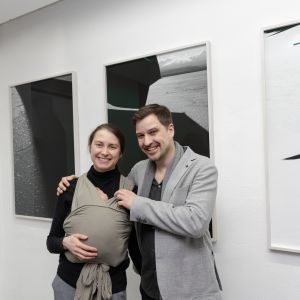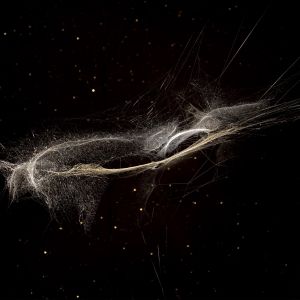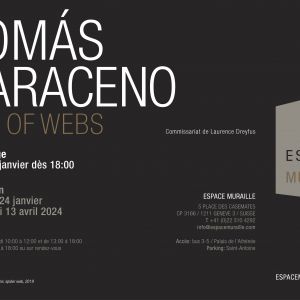Curator: Laurence Dreyfus
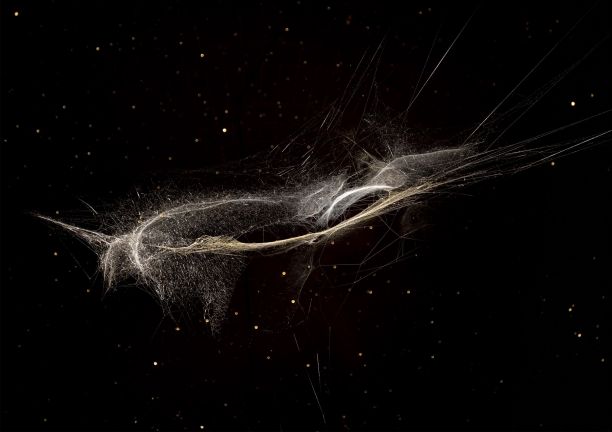
Espace Muraille is devoting a monographic exhibition to Berlin-based Argentinian artist, Tomás Saraceno. This second exhi- bition presented in Geneva at the place founded by Caroline and Eric Freymond testifies to a long history of support, friendship and loyalty between the artist, the couple of collectors and patrons, and this exhibition space.
The chosen title, Life of Webs, is a nod to Web(s) of Life, Tomás Saraceno's "collaborative, multi-species" exhibition at London's Serpentine Gallery in 2023, which explored how different life forms, technologies and energy systems are connected in the climate emergency.
Life of Webs evokes two concepts dear to the artist: sustainability and interconnectivity.
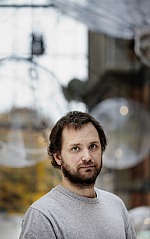
Tomás Saraceno (b.1973, Argentina)
After attaining his architecture degree at Universidad Nacional de Buenos Aires in Argentina, Tomás received postgraduate degrees in art and architecture from Escuela Superior de bellas Artes de la Nación Ernesto de la Carcova, Buenos Aires (2000) and Staatliche Hochschule für Bildende Künste - Städelschule-Frankfurt am Main (2003).
In 2009, he attended the International Space Studies Program at NASA Ames in Silicon Valley, CA. The same year Saraceno presented a major installation at the 53rd Biennale di Venezia, and was later on awarded the prestigious Calder Prize.
In the last years, Saraceno’s work has been shown in international solo and group exhibitions such as Le Bord des Mondes, at Palais de Tokyo, Paris (2015), in orbit at Kunstsammlung Nordrhein-Westfalen K21 in Düsseldorf (2013-15) and On Space time foam at Hangar Bicocca in Milan (2012-13), amongst others. His work has also been exhibited in public museums like The Metropolitan Museum of Art in New York (2012), the Kemper Museum of Contemporary Art in St. Louis (2011-12), and Hamburger Bahnhof, Berlin (2011-12).
Saraceno's work could be seen as an ongoing research, informed by the worlds of art, architecture, natural sciences and engineering; his floating sculptures and interactive installations propose and explore new, sustainable ways of inhabiting and sensing the environment towards an aerosolar becoming.
Tomás Saraceno lives and works in and beyond the planet Earth.
Portrait: © Anders Sune Berg



